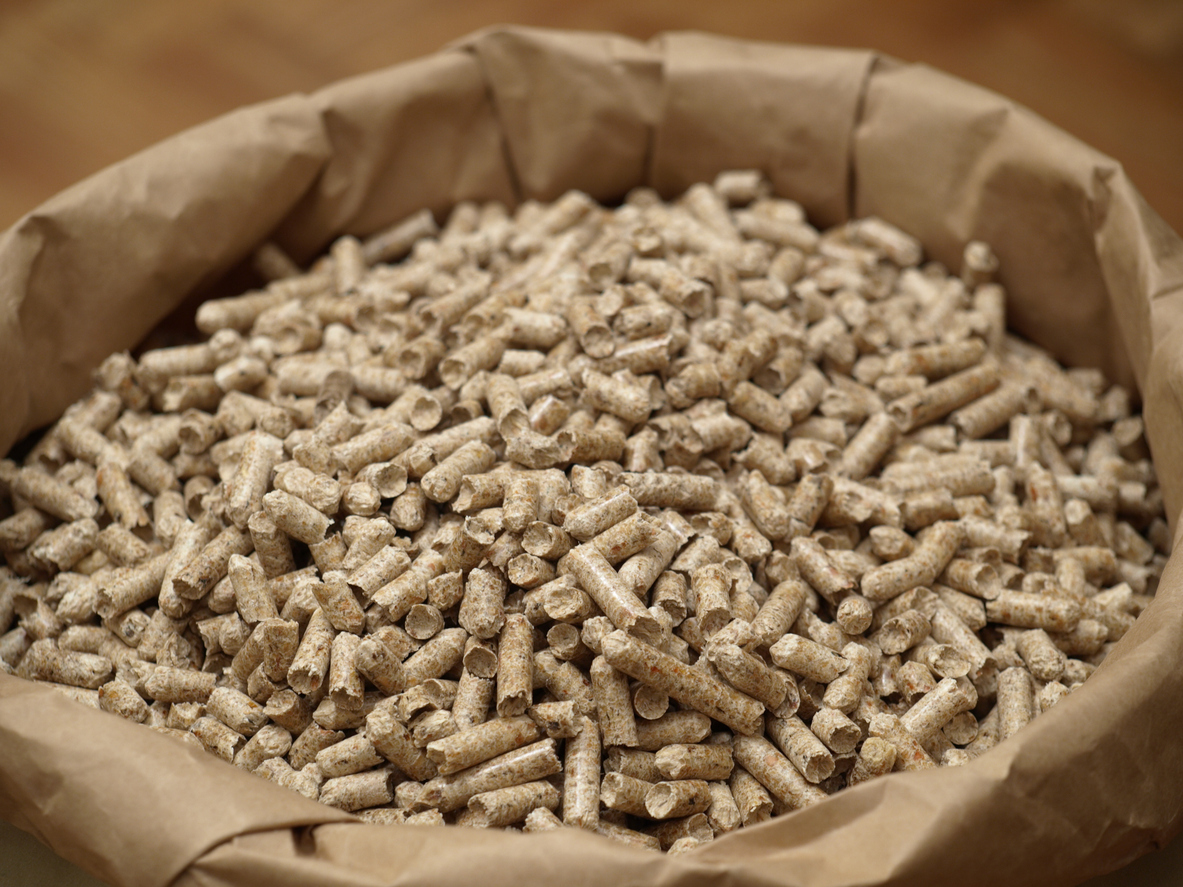For thousands of years mankind has been drinking alcohol, chemically known as ethanol. True, there are other alcohols, but most are severely toxic to humans. To make alcohol, one basically mixes a sugary liquid with zymase-containing yeast that turns the sugar to ethanol and CO2 (carbon dioxide).
Many ways of creating “synthetic” ethanol have been developed, but these tend to be either costly or energy-intensive. Now, scientists in the US have synthesised ethanol from CO2 and water – and are hailing it as a potential breakthrough in the global quest to cut carbon emissions.
The key is nanotechnology – a catalyst made from copper and carbon in “nanospikes” on a silicon surface. Another key input is plenty electricity but the US team suggests running the process at times of low power demand, essentially using cheap “spare electricity”.
The team claims a high percentage (87%) of CO2 is converted to ethanol by the process, and none of the few by-products is harmful. They also stress the ethanol would be used as transport fuel and by industry, not for human consumption.
Amazingly, the team at the US’ Oak Ridge National Laboratory in Tennessee stumbled on the process by accident and are delighted at their serendipity. Laboratory to mass production will take years but the prospects are tremendous. Surprise, surprise, burning ethanol produces CO2 and water vapour, but this new process can truly claim to be carbon-neutral, assuming the electricity comes from renewable resources.
Their discovery should lessen our insatiable demand for fossil fuels and, hopefully, slow global warming. Other scientists, mainly in North America, are harnessing anaerobic bacteria to produce bio-diesel from waste plant material. Turning waste cooking oil into bio-diesel is well established, but the quantities involved are comparatively small.
The Scotch industry has joined the global green quest. Some distilleries use wood pellets (pictured) or dried draff in their boilers. Several bigger distilleries use anaerobic bacteria systems to treat spent yeast, pot ale and other liquid waste to produce methane to be burned in the boilers and purify waste water. All in all, as the supermarket slogan puts it, every little helps.
